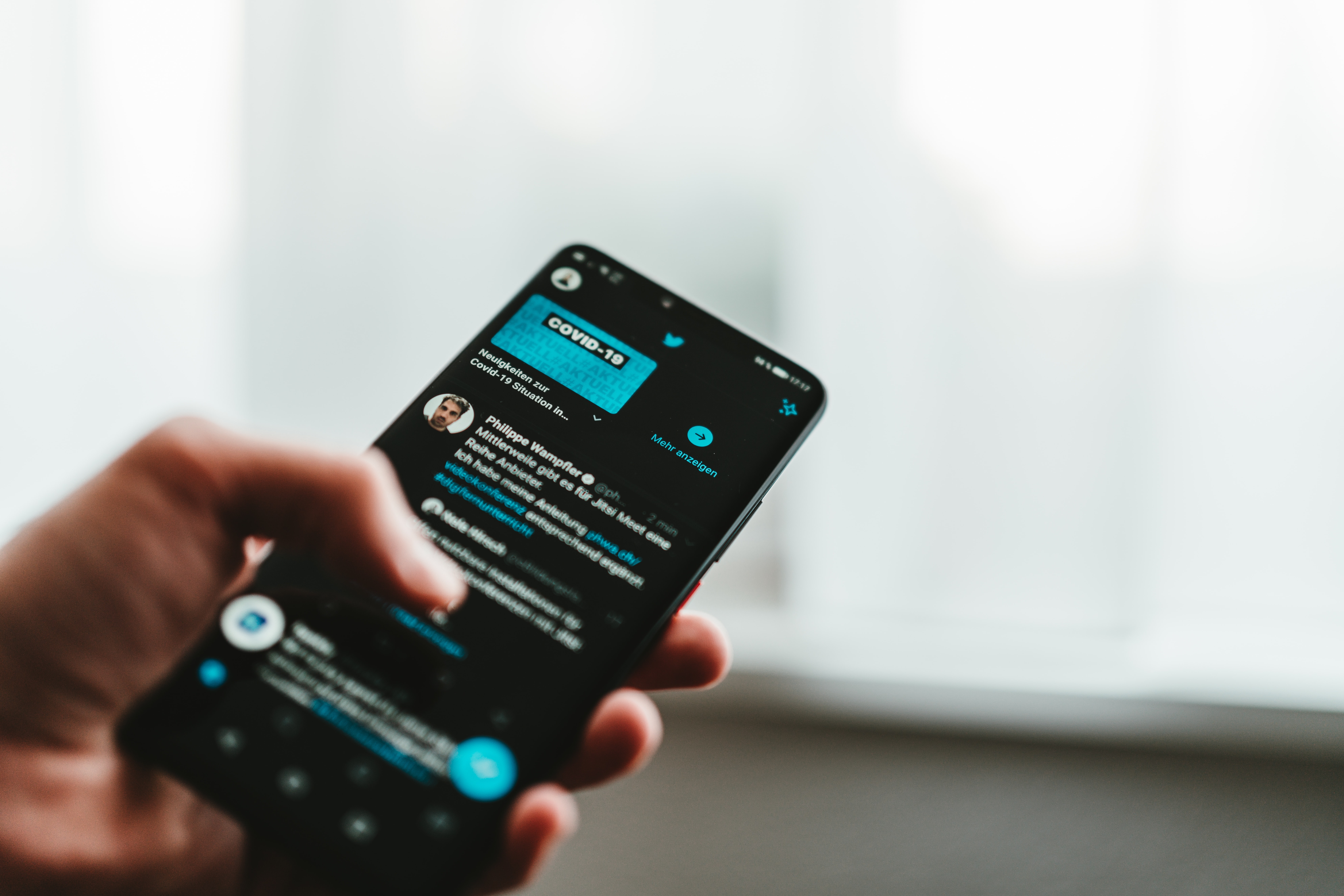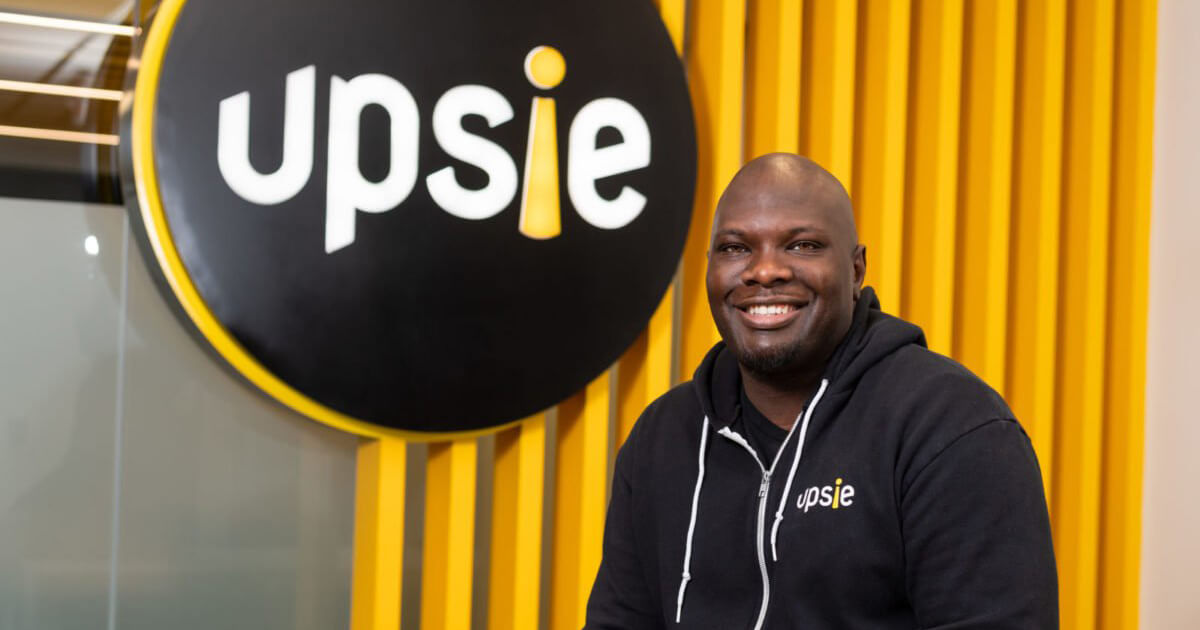Diversity, equity and inclusion experienced a reckoning in 2020, when it seemed virtually all tech companies deemed it of paramount importance after the death of George Floyd. The simultaneous onslaught of a virus disproportionately affecting Black people and the harsh reminder of deep-seated racism meant corporate America took a stance as it never had before.
The lack of DEI is persistent in most industries, especially tech, which has long been a white and Asian male-dominated industry. A 2021 Deloitte report titled Repairing the Pipeline found that women make up about 25 percent of technology workers, while nine percent of Black and seven percent of Latinx workers hold tech jobs.
Black and Latinx CEOs across the tech sector overwhelmingly say DEI is something they would like to advance. A separate 2020 Deloitte study found that 96 percent of CEOs consider DEI to be a strategic priority, and 90 percent of CEOs listed talent recruitment, development, advancement, and retention as their top priority.”
Large tech companies such as Apple, Microsoft, LinkedIn, Amazon, Facebook and Google have been transparent about their commitment to DEI. Yet, Google and Microsoft’s Black and Latinx tech staff has increased less than 1 percent since 2014.
The Plug spoke with founders of two DEI consulting firms who’ve worked with some of the country’s biggest tech companies to discuss the history of DEI, companies’ most significant challenges in creating a more inclusive workplace and how money to racial equity should be allocated.
A Breif History Of DEI
Nicole Sanchez, CEO and founder of San Francisco-based consulting firm, Vaya Consulting has over 27 years of experience working on DEI, primarily in the tech industry. In the 1980s and 1990s companies in part implemented diversity training to ward against civil rights litigation, in adherence to affirmative action mandates put in place years earlier.
“I think we realized pretty early on that that wasn’t enough, so there was a struggle for a way to describe what we mean when we say, ‘Okay, it’s not enough that you hire people from underrepresented backgrounds. ” Sanchez said.
“What happens once they’re inside?’,” she said. “That started the conversation about inclusion. Do people feel included? Are they included in your policy’s procedure and social norms? Because that gets to retention. It’s not enough to be included in a system that’s dysfunctional. The system also has to be equitable, and so we need to add that E in there which is the E in DEI.”
When Sanchez started working in tech in 1999, she quickly found that although emerging research suggested diverse teams yielded better results for the company, there was much pushback, specifically from the original investor class of the innovation economy tech field.
This mindset stayed the same until around 2012, when employees, largely engineers, further explored the underrepresentation of minority backgrounds in the workplace. They crowdsourced and sent a spreadsheet around counting people from underrepresented backgrounds inside tech companies, according to Sanchez.
“Companies started reviewing their demographic data and we learned unsurprisingly that, on average, some of these big companies were about one to two percent African American,” Sanchez said. Some companies that had a retail component had slightly higher percentages.
The New Landscape Of DEI
Millennials and Gen Z entering the workforce are challenging the status quo on representation inside companies, solidified by the pandemic and Black Lives Matter protests that took place last year.
“We saw people saying, ‘Okay look, the same thing that is playing out in the streets is playing out in our company,” Sanchez said. “It might not look like a police officer with their knee on my neck, but it does look like white supremacist aggression. It does feel like that inside of these companies.”
Since many employees were working remotely during the Black Lives Matter protests, many felt safe to speak in ways that were much harder if working in the office with their colleagues, Sanchez said. A concern that remains in certain groups being left out of decision-making processes since they don’t have a physical presence under remote work.
What DEI Support Looks Like
Y-Vonne Hutchinson, CEO and founder of ReadySet, a DEI and strategy consulting firm, told The Plug there are a couple of factors companies should consider to ensure they provide the proper support for minority employees working remotely or at their workplace.
Hutchinson says corporations need to acknowledge that the issues employees are dealing with are not necessarily Black or brown issues, but societal issues that are the impact of which is exacerbated for Black and brown people.
“I think some of this has to do with the fabric of the company and making sure that holistically, across the board, the company has support and that they’re making sure that they’re facilitating added support for their Black and brown employees,” Hutchinson said.
Hutchinson said that she is witnessing corporations prioritize Black and brown leadership beyond mentorship and ensuring that the power across organizations is equitable.
This is seen at large organizations like Google, which is aiming to have workers from underrepresented groups hold 30 percent of leadership positions by 2025. Currently, only one percent of Black Americans are CEOs of all 500 fortune companies.
Another beneficial form of support is administering pay audits and guaranteeing employees are receiving equitable pay. Hutchinson emphasized that companies should also compensate those involved in employee resource groups (ERGs) and contribute to DEI initiatives.
Although corporations need support with DEI and their ERG groups, they should not “pigeonhole” their Black and brown employees into these positions. Instead, they should examine how they are supporting employees outside the DEI and ERG.
“Not every person wants to do DEI, and it’s not every Black person’s job,” Hutchinson said. “So how are you supporting and advancing your Black employees’ beyond the roles related to their identity and really thinking about how you bring them in your org in a variety of ways and acknowledging the diversity and experience that multiplicity.”
Additionally, equipping and aligning executives with understanding their company’s cultural climate could facilitate higher DEI.
Financial Support For Racial Equity
Despite many organizations cutting their DEI budget soon before the Black Lives Matter protests last year, financial support is another commitment towards racial equity.
According to Hutchinson, money for DEI is best spent in the workplace by offering the best resources for employees and bringing in experts who can provide practical strategies on how to provide complete support.
In January, Apple announced that the company is committing a $100 million pledge to racial equity, including creating a Propel Center, which is “a first-of-its-kind global innovation and learning hub for Historically Black Colleges and Universities (HBCUs).” The company is also developing an Apple Developer Academy in Detroit, offering coding and tech education for students and venture capital funding for Black and Brown entrepreneurs.
How Do Companies Maintain Momentum?
This year companies are taking active steps to exemplify their dedication to DEI, but the golden question is whether they’ll continue to uphold these commitments. Companies should define their goals for addressing racial equity and structural barriers, understand their current state of DEI and track progress to increase accountability to handle their workforce and culture for Black employees.
“It’s about auditing yourself and then designing the process and practices you need to solidify your anti-racist goal, so it really has to be robust,” Hutchinson said. Companies also need to think about how they can develop mechanisms for feedback to allow open communication on how to hear, incorporate and leverage support for people who come to the table with ideas.
“The U.S. workforce has never been truly integrated and equitable in a way that we’re trying to get it to be,” Hutchinson said. “It’s always been racially segregated. We know that this can happen, and I think the goal now is to keep our eye on that prize and to keep pushing for that to remain constant and keep fighting against the tendency, the desire, and the kind of momentum to go back to a more comfortable place.”
Sanchez agrees. She believes every corporation must understand that the fight for racial equity is a committed journey with no destination. What matters most are the companies still working on gaining momentum months after the Black Lives Matter protests took place. The same applies to those who are still trying to do right by their customers and their community inside the company, compared to those who were only vocal last year.
“I always say that DEI and particularly, anti-racism is not a destination,” Sanchez said. “These companies made these changes in June and July. The proof is not making these changes,” she continued. “The proof is how long they’re going to be doing this work and how consistently they’re going to do it and what their plan is for the long haul. I think the jury is still out on that.”








